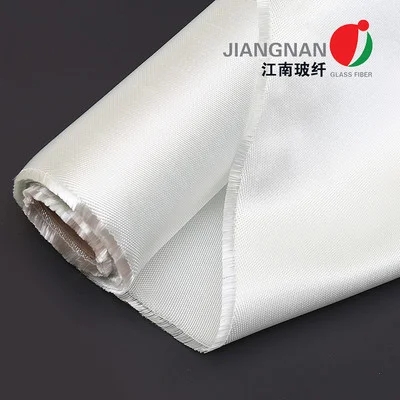Mastering Home Heating: Effective Strategies for Homes with Poor Insulation
When it comes to maintaining a comfortable indoor environment, effective heating is crucial, especially in homes with poor insulation. Insufficient insulation can lead to significant heat loss, making it challenging to keep your home warm during colder months. However, there are several strategies and technologies that homeowners can employ to enhance heating efficiency, reduce energy costs, and improve overall comfort. This article delves into practical solutions for heating a poorly insulated home, ensuring you stay warm without breaking the bank.
Understanding the Challenges of Poor Insulation
Before exploring solutions, it's essential to understand the implications of poor insulation. Homes with inadequate insulation often experience:
- Increased Energy Bills: Heat escapes through walls, roofs, and floors, forcing heating systems to work harder and consume more energy.
- Uncomfortable Temperatures: Rooms may feel drafty or unevenly heated, leading to discomfort for occupants.
- Moisture Issues: Poor insulation can contribute to condensation and mold growth, posing health risks.
- Assessing Your Home's Insulation
The first step in addressing heating challenges is to evaluate your home's current insulation. This involves:
- Conducting an Energy Audit: Hire a professional or use DIY tools to identify areas of heat loss. Look for drafts around windows, doors, and electrical outlets.
- Checking Insulation Levels: Inspect attics, basements, and crawl spaces to determine the type and thickness of insulation present.
- Enhancing Heating Efficiency
Once you've assessed your insulation, consider the following strategies to improve heating efficiency:
A. Upgrade Your Heating System
Investing in a modern heating system can significantly enhance efficiency. Options include:
- High-Efficiency Furnaces: These units convert a higher percentage of fuel into usable heat, reducing energy consumption.
- Heat Pumps: Air-source or ground-source heat pumps can provide efficient heating by transferring heat rather than generating it.
B. Utilize Space Heaters Wisely
For targeted heating, space heaters can be an effective solution. Consider:
- Energy-Efficient Models: Look for heaters with energy-saving features, such as programmable timers and thermostats.
- Zoning: Heat only the rooms you use most frequently, reducing overall energy consumption.
- Sealing and Weatherproofing
Improving your home's sealing can drastically reduce heat loss. Here are some effective methods:
A. Caulking and Weatherstripping
- Seal Gaps and Cracks: Use caulk to fill gaps around windows, doors, and other openings. Weatherstripping can help seal movable parts, preventing drafts.
B. Insulating Windows
- Window Treatments: Use thermal curtains or window films to reduce heat loss through glass.
- Secondary Glazing: Adding a second layer of glass can create an insulating air pocket, improving thermal performance.
- Embracing Alternative Heating Solutions
In addition to traditional heating methods, consider alternative solutions that can complement your existing system:
A. Radiant Floor Heating
This system heats the floor directly, providing warmth that rises throughout the room. It can be particularly effective in poorly insulated spaces, as it reduces the temperature differential between the floor and the air.
B. Wood or Pellet Stoves
These can serve as supplementary heating sources, providing warmth and ambiance. Ensure proper ventilation and follow safety guidelines when using solid fuel heating.
- Regular Maintenance and Upkeep
To ensure your heating system operates efficiently, regular maintenance is essential:
- Filter Replacement: Change or clean filters in your heating system regularly to maintain airflow and efficiency.
- Professional Inspections: Schedule annual inspections to identify potential issues before they become costly repairs.
Conclusion
Heating a home with poor insulation presents unique challenges, but with the right strategies, it is possible to create a warm and comfortable environment. By assessing your insulation, upgrading your heating system, sealing gaps, and considering alternative heating solutions, you can significantly improve your home's energy efficiency and comfort levels. Remember, investing in your home's heating efficiency not only enhances your comfort but also contributes to long-term energy savings and environmental sustainability.

